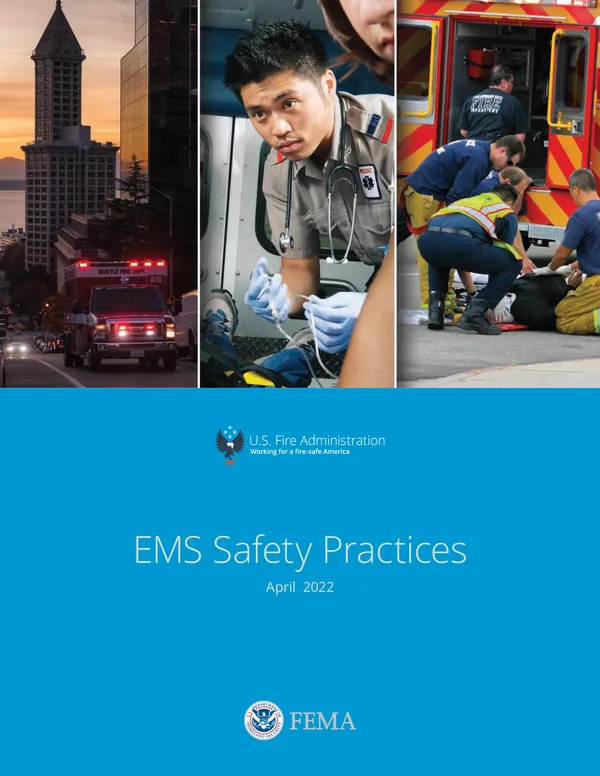National Fire Academy training
Our Responder Health and Safety courses will help you to develop risk management strategies that reduce firefighter and EMS casualties. Current health and safety issues are explored, with an emphasis on the safety role of the first-line supervisor.
Courses are available on- and off-campus, and online.
Browse courses in this curriculumHealth, safety and wellness manuals
See also: USFA reports on firefighter fatalities and injuries
Emergency Services Ergonomics and Wellness
Provides corrective measures that will help to increase the safety of emergency responders, reduce the costs of worker's compensation claims, maximize the longevity of emergency service careers, and assist with sending personnel into healthy retirements.
Includes posters for your fire department that encourage injury prevention by working smarter.
Get the handbookEmerging Health and Safety Issues Among Women in the Fire Service
This guide serves as a status check on long-term and emerging issues of health and safety for women in the fire service.
Includes resources that address top issues and makes recommendations for improving the fire service for women and for all.
PDFSafety and Health Considerations for the Design of Fire and EMS Stations
If you are a fire department leader, architect or local government official, this guide will assist you in your efforts to design a safe, healthy and functional facility.
Recommendations are specifically directed toward those injury, health and accident concerns associated with activities that occur at fire and emergency services stations.
PDFRisk Management Practices in the Fire Service
Recommended approaches to help your department manage organizational, operational and community risk.
Addresses specific challenges involved in incorporating a “risk management approach” into the delivery of fire department services.
PDFMitigation of Occupational Violence to Firefighters and EMS Responders
Documents the causes of violence to firefighters and EMS responders, explains the risk factors, and presents opportunities to reduce or prevent violence.
Focus areas include characteristics of patient/perpetrator violence, estimates of violence, psychosocial impact and more.
PDFCritical Health and Safety Issues in the Volunteer Fire Service
Identifies resources, provides references, suggests tools, illustrates best practices and establishes goals and objectives for each issue to help departments improve firefighter safety, well-being and survival.
As a nation, we rely on the volunteer fire service every day to save lives and protect property in times of danger and disaster. In order to do so, volunteers must first be healthy, safe and able to respond.
PDF EPUBVoice Radio Communications Guide for the Fire Service
Provides a basic understanding of radio communications technology, including hardware, policies and procedures, and human resource issues.
Focus areas include digital and analog radio, system design, portable radio selection and use, interoperability, and more.
PDFEmergency Incident Rehabilitation
Learn more about the important topics related to emergency incident rehabilitation, including human physiology, operational issues, protective clothing, technology, tactical procedures and weather issues.
Emergency incident rehabilitation can prevent serious and life-threatening conditions — such as heat stroke and heart attacks — from occurring.
PDF
